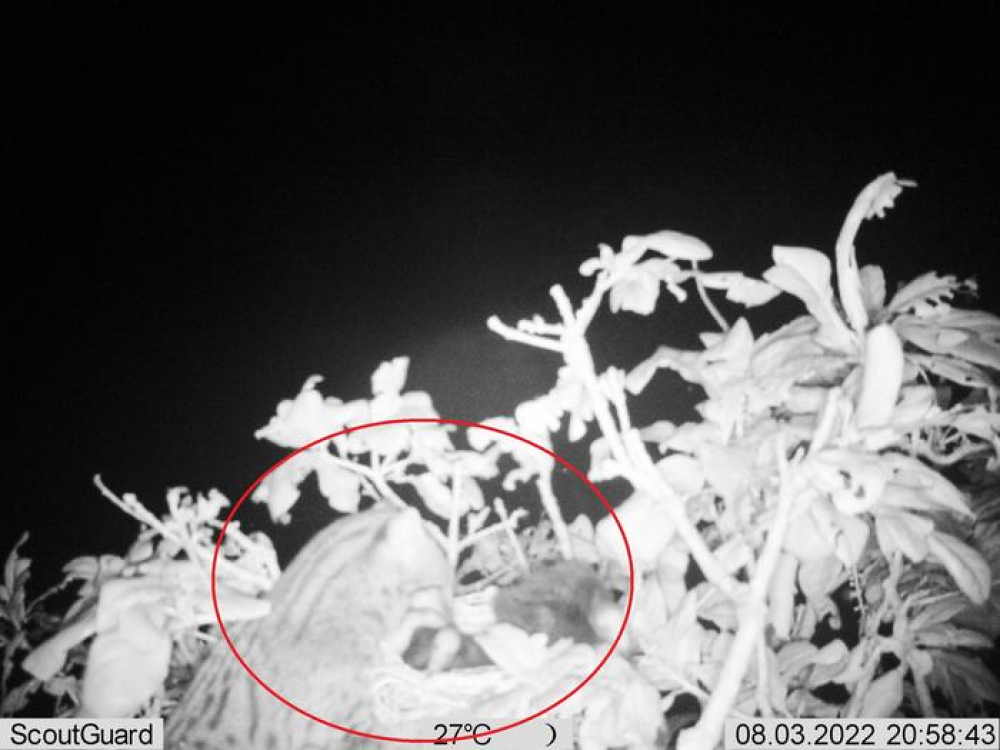Something rare and highly unusual was caught on camera in Bangladesh by scientists studying bird colonies. The fishing cat that quacks like a duck is famous for its aquatic hunting skills, and yet their cameras revealed – for the first time – that they also hunt in the treetops.
What are fishing cats?
Fishing cats, Prionailurus viverrinus, is a medium-sized wild cat that lives in South and Southeast Asia. It’s not thought that they have any natural predators, but they are classed as vulnerable on the IUCN Red List Of Threatened Species due to human interference, including housing development, hunting, logging, and fishing. A 2020 paper highlighted how only 6 to 11 percent of the areas where fishing cats alongside two other wild cats in the Prionailurus genus are protected.
“This study is important because it shows that many small, rare and elusive cats in the Indian subcontinent don’t get as much attention as the more spectacular big cats,” said study co-author Mats Björklund, Professor Emeritus of Zooecology at Uppsala University, in a statement. “Nevertheless, the need to protect them is just as pressing, so the number and size of the protected areas must be increased to include more biotopes containing these species.”
What do you mean they quack like a duck?
The vocalizations of fishing cats are very peculiar, sounding a bit like a duck quacking. Don’t believe us? Get a load of this:
Fishing cats in the trees
Cameras mounted in the tree canopy in northeast Bangladesh turned up quite a surprise for scientists studying bird colonies when they captured chicks being stolen from their nests by fishing cats. Fishing cats have several adaptations for aquatic hunting, such as large premolars for gripping slippery prey, and semi-webbed paws, and yet they were spotted as high up as 8 meters (26 feet) snapping up multiple bird species’ chicks.
The discovery answered a mystery as to how fishing cats can survive when their habitats flood with the seasons, as it seems they can subsidize their diet of mostly river fish for the odd bird. However, hunting in the treetops can’t protect fishing cats from their biggest threat.

Arboreal predatory behavior of the fishing cat (circled in red) captured on camera traps in northeast Bangladesh.
Image credit: Allama Shibli Sadik & Muntasir Akash / De Gruyter
“Monitoring of media reports on human–fishing cat conflicts suggests that a fresh conflict is happening in the country every two weeks,” said Assistant Professor Muntasir Akash of the University of Dhaka, Bangladesh, in a statement. “Conservation efforts targeting fishing cats should thus be prioritized and all options for effective mitigation scientifically assessed.”
“A stable population of wetland bird colonies might be a win-win for the wetland, fishing cats and the local people who depend on the wetlands.”
The study is published in the journal Mammalia.
[H/T: Forbes]
Source Link: Fishing Cat That Quacks Like A Duck Surprises Scientists By Hunting In Trees